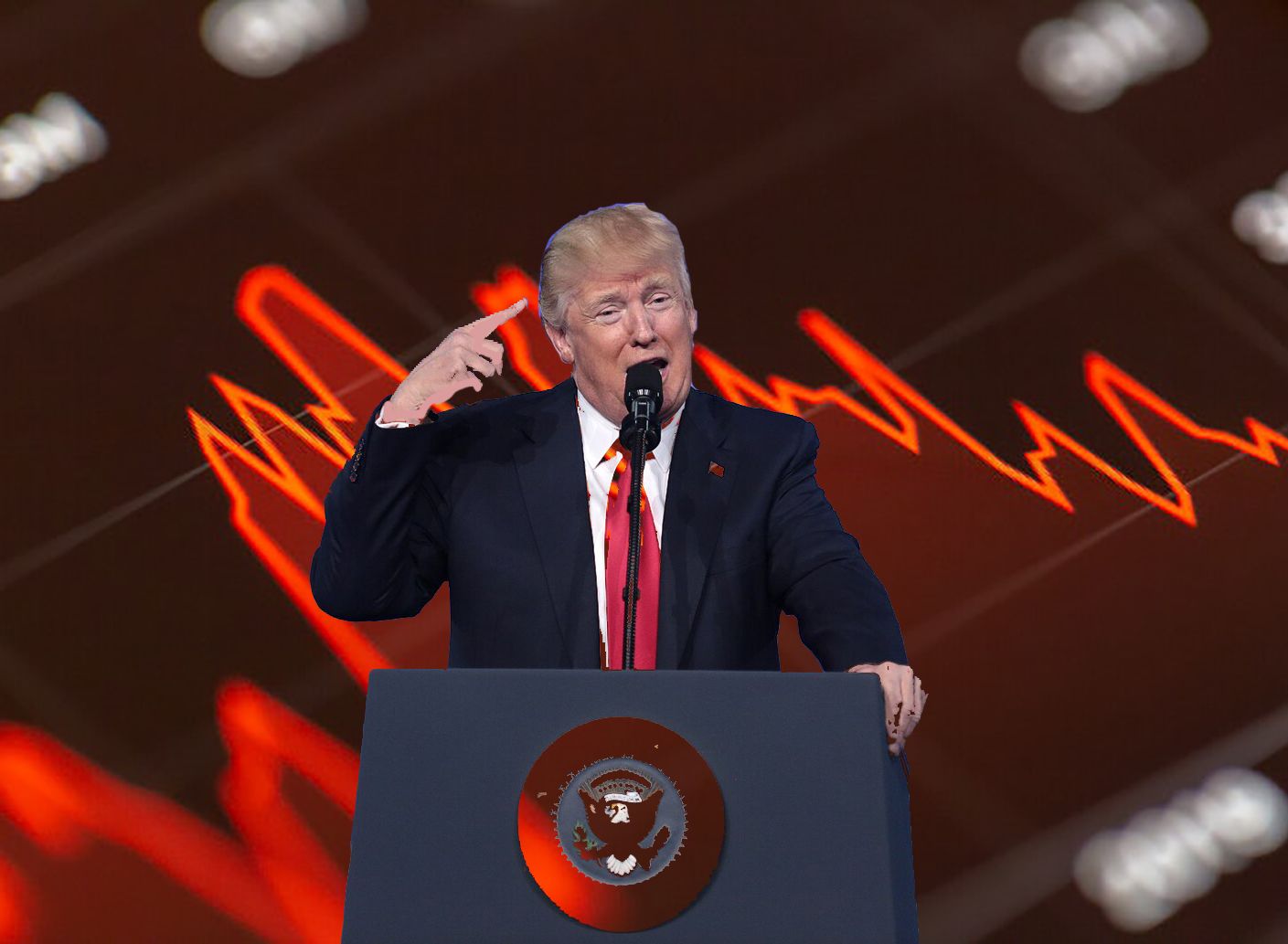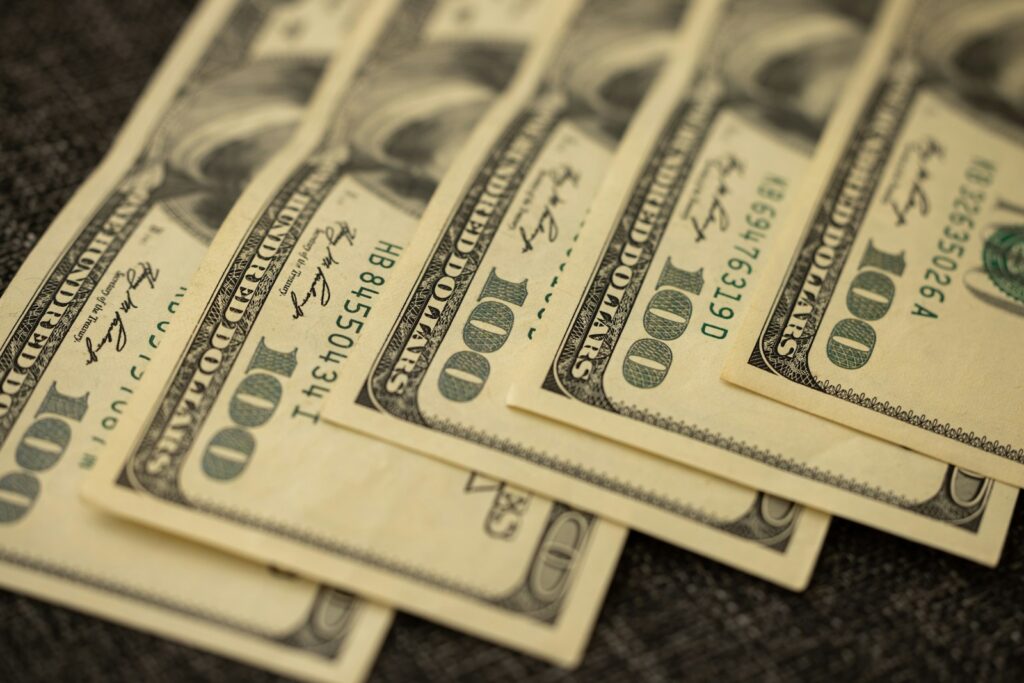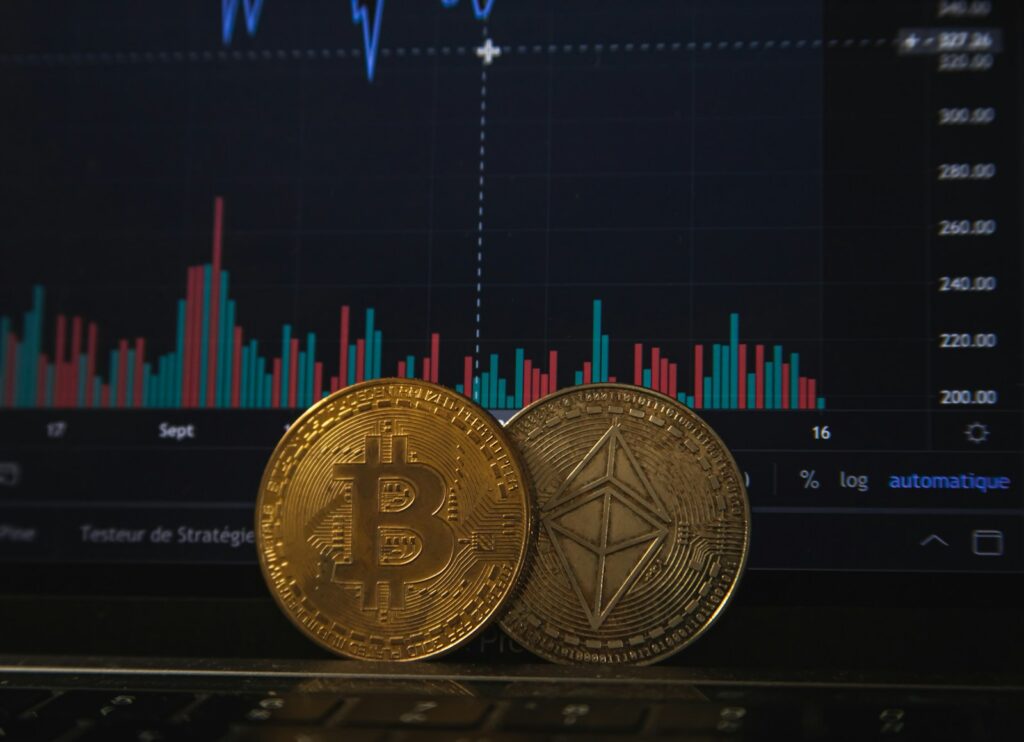
Inflation Report Set to Shape Federal Reserve Decisions
The financial world is bracing for the Labor Department’s July consumer price index (CPI) release this Tuesday. This highly anticipated data will be closely examined by the Federal Reserve as it prepares for its interest rate decision next month. Projections suggest inflation will rise from last month’s levels, further distancing it from the Fed’s 2% long-term target.
Goldman Sachs economists, led by Jan Hatzius, expect headline CPI inflation to increase to an annual rate of 2.8%, up from 2.7%. Core inflation, which excludes food and energy, is projected at 3.08%, higher than last month’s 2.9%. Categories significantly affected by recent tariffs—furniture, auto parts, apparel, recreation, personal care, communication, and education—are estimated to contribute about 0.12% to the monthly CPI rise. Goldman forecasts monthly core CPI to remain between 0.3% and 0.4%, with year-over-year core CPI potentially reaching 3.3% by December. Without tariff effects, they estimate it would be closer to 2.5%.
J.P. Morgan analysts also predict a 0.3% monthly CPI increase, pushing annual headline inflation to 2.8%, and core CPI to 3.1% year-over-year. They caution inflation could climb higher if the pass-through of tariff costs accelerates. EY-Parthenon’s Gregory Daco notes tariffs were already responsible for roughly a quarter to a third of June’s CPI increase, adding that import prices show foreign exporters are passing costs on to U.S. consumers, impacting business earnings, investment, and hiring.

Tariffs and Policy Tensions
If July CPI data confirms an upward trend, the Fed may face a more complicated path on interest rates. Chair Jerome Powell has indicated readiness to respond to deteriorating economic conditions, yet the Fed has maintained rates to assess whether tariff-driven price increases are temporary or persistent.
Dissent within the Fed is notable: governors Michelle Bowman and Christopher Waller recently supported 25-basis-point cuts, believing tariff effects would be short-lived and that the labor market was weakening. This was the first time since 1993 that two Fed governors dissented in favor of cuts.
The Fed will have access to multiple inflation readings before its September 16-17 meeting, including August CPI data just a week prior and the personal consumption expenditures index, its preferred inflation gauge, later this month. These will be key in shaping the central bank’s decision-making.

Market Reactions and Investor Concerns
Markets are highly sensitive to Tuesday’s data. Higher-than-expected inflation could dampen expectations for a September rate cut, which the CME FedWatch tool currently places at 86.5% probability. Conversely, significantly lower inflation could trigger concerns about economic slowdown.
Pepperstone’s Michael Brown warns that a hot inflation print could create doubts about a September cut and pressure equities, while a cooler reading might prompt only a brief market pullback before investors refocus on possible cuts. Deutsche Bank’s Justin Weidner sees risks in both directions: stronger inflation complicates the case for cuts, while weaker inflation could raise the prospect of a larger 50-basis-point reduction. Board’s Natalie Gallagher expects inflation at 2.9%, hotter than consensus, possibly marking the start of a longer trend.

Data Integrity and Political Backdrop
The CPI release comes amid controversy following President Donald Trump’s dismissal of BLS Commissioner Erika McEntarfer, accusing her of “rigged” data after a disappointing jobs report. These claims were rejected by former BLS leaders and economists, but the episode has added scrutiny to the agency’s work.
Budget cuts have reduced BLS data collection, including a halt in three metro areas representing 3.6% of the CPI sample and a 15% cut in collections across remaining areas. Economists such as UBS’s Alan Detmeister warn these reductions could degrade inflation data quality. RSM’s Joe Brusuelas expects smaller, gradual revisions rather than large swings, but sees tariff effects on prices as a more pressing issue.

Inflation Pressures and Economic Balancing
FactSet consensus estimates a 0.2% monthly CPI rise in July, pushing annual inflation to 2.8%. Brusuelas anticipates further evidence of tariffs eroding purchasing power, while Charles Schwab’s Kevin Gordon warns of a potential stagflationary trend if inflation stays high alongside rising unemployment.
Despite a cooling labor market, markets still expect a September rate cut. Powell has noted that tariff impacts may be temporary, but lingering inflation could delay easing. Goldman Sachs Asset Management’s Alexis Deladerrière sees positive economic catalysts in strong corporate earnings, investment, and expected rate cuts.

Global and Long-Term Perspectives
The full effect of tariffs remains uncertain, depending on whether companies absorb or pass on costs, or shift production to the U.S. Investors are also watching the Producer Price Index (PPI) for signs of tariff-related price increases. DWS’s George Catrambone doubts a prolonged stagflation period but notes that persistent inflation could keep rates higher for longer.
Some investors, like Morgan Stanley’s Jitania Kandhari, are shifting toward international markets, anticipating slower U.S. growth in the second half of the year. The latest New York Fed Survey of Consumer Expectations shows one-year-ahead inflation expectations at 3.1% and five-year expectations at 2.9%, with modest changes in labor market and household finance outlooks.

As the CPI release approaches, the interplay of tariffs, Fed policy, and market sentiment sets the stage for significant economic consequences. Both higher and lower inflation readings present challenges, and the coming weeks will reveal whether current trends signal temporary pressures or more lasting shifts in the U.S. economic landscape.



